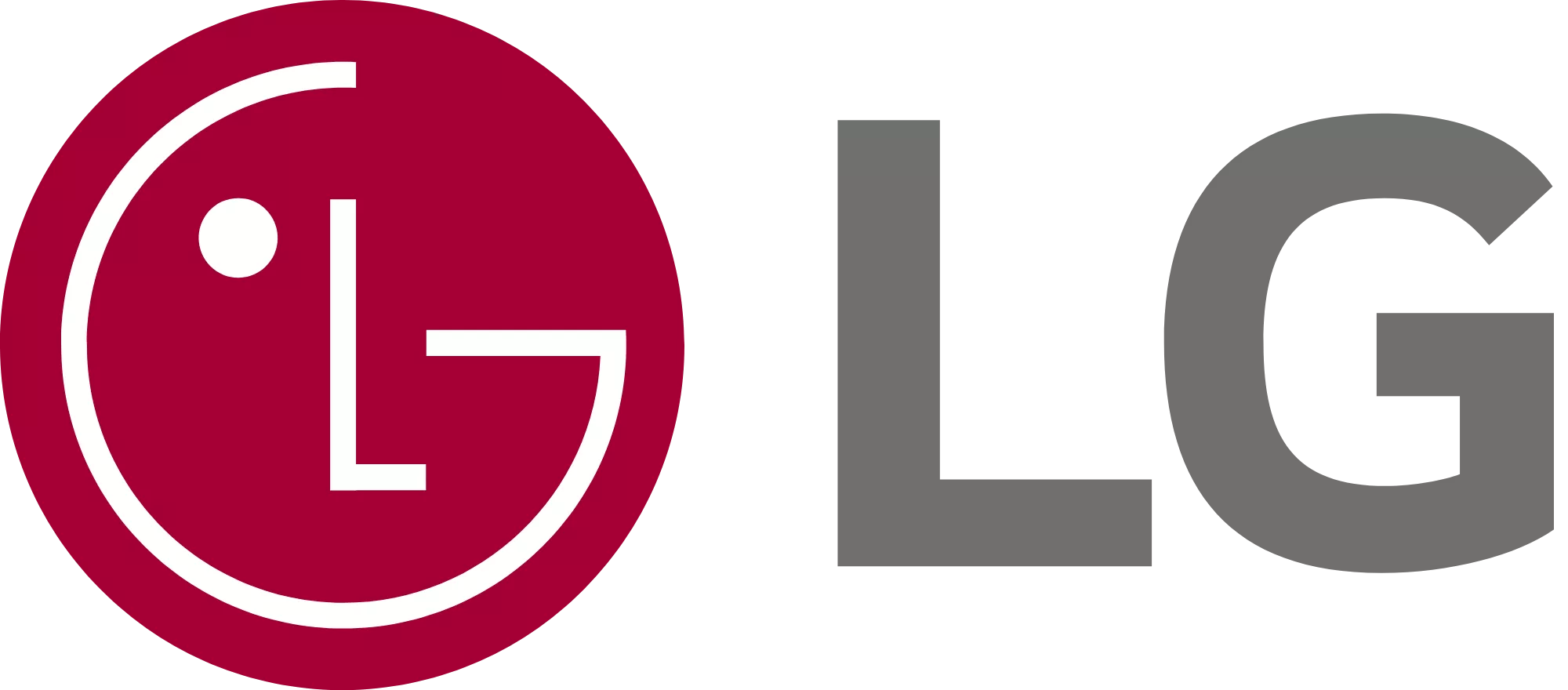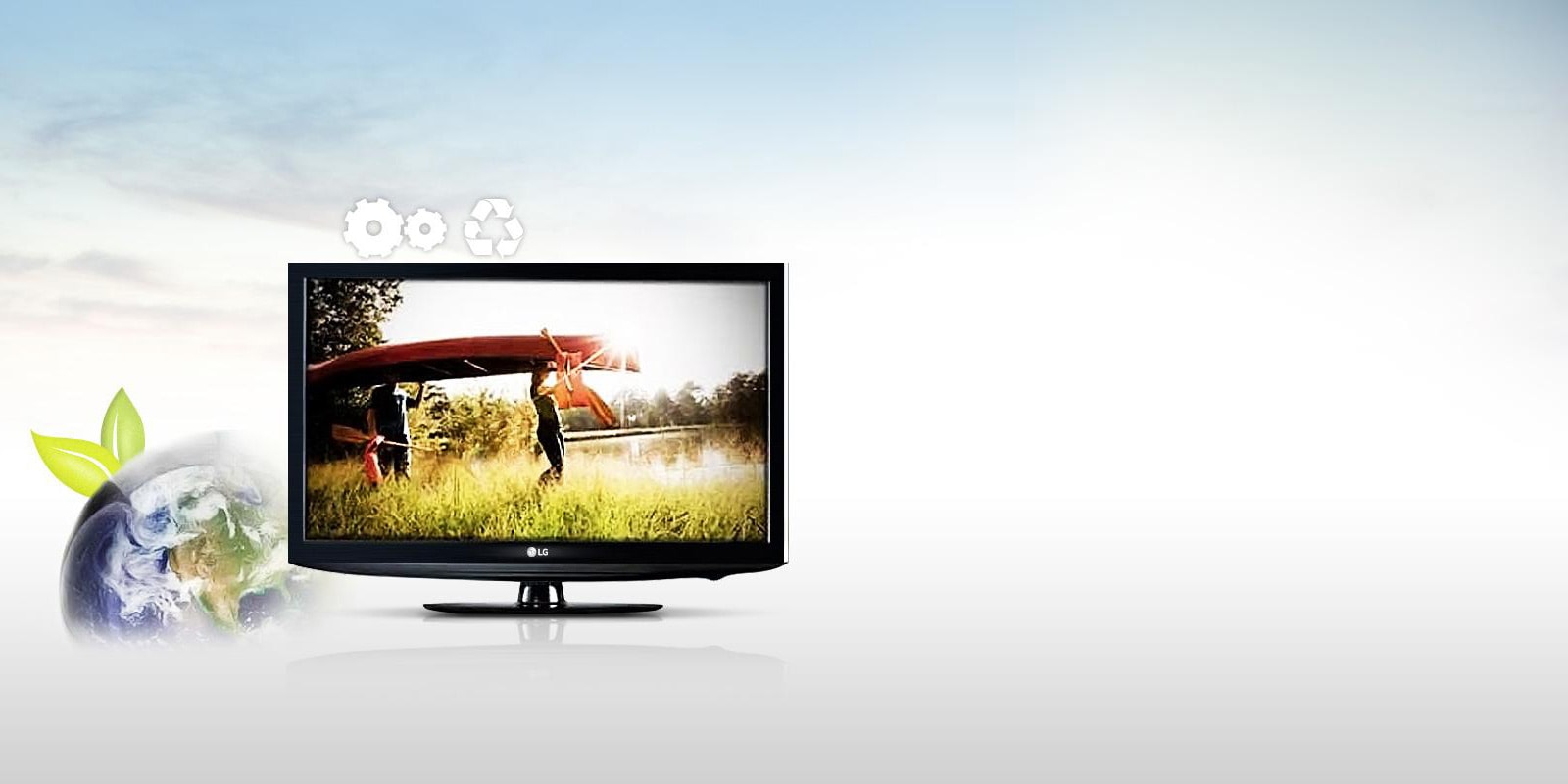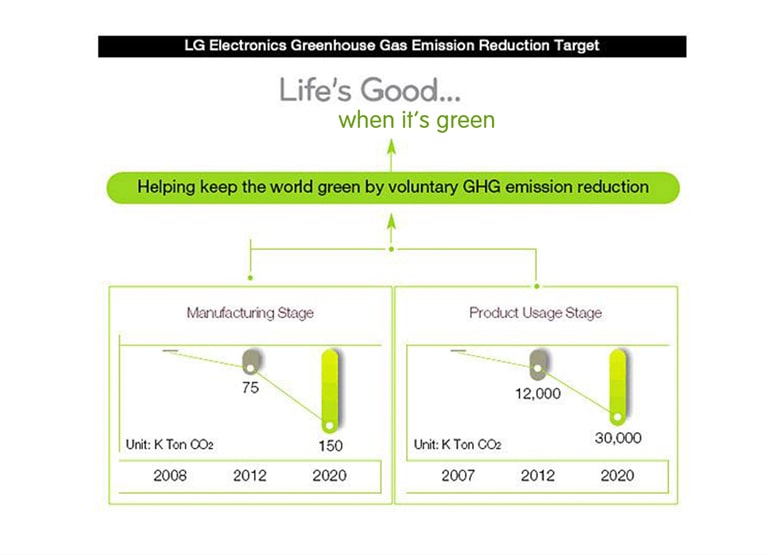Green Management System
LG Electronics' vision is to grow into a leading environmentally conscious company by working to protect the global environment and creating products with environmentally friendly features.
We first announced our environmental policies in 1994. We have also developed activities to minimize environmental burdens associated with our operations.
LG Electronics' environmental strategies are being implemented across the entire value chain. We are especially focused on issues related to green product features, climate change, and recycling.
LGE’s Environmental Policy
Our environmental strategy is a multi-pronged initiative that includes:
1. Voluntarily working to exceed the requirements of international treaties, international standards, and national laws related to the environment.
2. Implementing greenhouse gas emissions reduction strategies and targets, and sharing these results with stakeholders.
3. Garnering insight from and cooperating with vendors, customers, and environmental organizations.
4. Establishing and continuously examining our environmental management systems for all aspects of our operations, including the supply chain.
5. Recognizing the environmental issues related to each stage of a product's life cycle, from design to disposal, and developing measures to address those issues.
6. Training and educating our employees and the larger community to increase awareness of the environmental issues facing the world today.
Proclamation Greenhouse Gas Emission Reduction Targets
LG Electronics has voluntarily established greenhouse gas emissions reduction targets and is carrying out various initiatives to achieve these targets in an effort to help mitigate climate change.
By 2020, we plan to reduce greenhouse gas emissions by 150,000 tons during the product manufacturing stage and by 30,000,000 tons during the product usage stage.
We established and completed a greenhouse gas inventory for all of our facilities in Korea as the first step to achieving these targets. By the end of 2009, we plan to complete a greenhouse gas inventory in thirty-two overseas facilities.
A Green IT system will also be utilized to manage greenhouse gas emissions. Moreover, we plan to reduce greenhouse gas emissions by optimizing and increasing the efficiency of production.
We also plan to minimize greenhouse gas emissions at the product usage stage by enhancing energy efficiency in our major products by about 15% by 2012 compared to that of 2007.
Environment Organization
LG Electronics established an Eco Design Committee to discuss ways to increase and improve LG's green strategies. The CTO chairs the committee and chiefs of the research and development centers for each product are appointed as committee members.
The Eco Design Committee has three expert subcommittees: the Standardization Expert Committee, the Green Packaging Expert Committee, and the Green Product and CO2 Expert Committee.
Supply Chain Environmental Management
We are committed through our Green Program to green purchasing practices as a part of our Supply Chain Environmental Management strategy.
LG Electronics operates this program jointly with our business partners to carry out green purchasing practices at the raw material procurement stage as a way to control the usage of hazardous substances.
LGE Green Program for Business Partners
Establishing a cooperative effort with our vendors is essential to effectively carrying out environmental management.
We cooperate with our suppliers by sharing our experiences with them to help establish environmental management systems in their facilities.
We also conduct training programs with our vendors and send our own professionals directly to their facilities to review the facilities and recommend improvements to their environmental management initiatives.
LG Electronics began its Green Program in 2005. This program aims to improve our overall supply chain by sourcing materials from suppliers who are demonstrating a commitment to environmental responsibility,
carrying out import inspections, auditing our vendors for "green compliance," and working to continuously improve the quality of our components.
In September 2006, we established the LGEGP IT system. We have used our LGEGP IT System to manage and monitor all certification operations since September 2006. This system allows us to partner with companies that meet LG's high standards.
Certification Standards
Individual components, raw materials, packaging materials,
and supplementary materials supplied to LG Electronics must comply with all legal requirements and satisfy our rigorous requirements on maximum allowable concentration levels of harmful substances.
In addition, LGEGP certification is issued only when our vendors meet our standards for organizing appropriate operational bodies and establishing a green product quality assurance system.
Through these systems, we have been able to manage our environmental policies across the overall value chain.
We are not only requesting that our suppliers meet these requirements, we are also distributing to them a guidance manual for the management of hazardous substances in products.
Certification Process
As part of the certification process, an inspection of the component supplier's facilities is carried out for those companies that have received preliminary approval based on the information they submitted to LG Electronics.
Once final approval has been made, the companies are provided a certification. In exchange, the companies agree to guarantee that their products will continue to meet this certification.
Green Purchasing
The RoHS Directive, which regulates the use of the six major hazardous substances (Lead, Mercury, Cadmium, Hexavalent chromium, PBBs, PBDEs) went into effect in the EU starting in July 2006.
Many LG products were already in compliance with RoHS in advance of this date. Beginning in 2007, LG Electronics put into place an initiative to make all LG products RoHS compliant, even in those jurisdictions where the EU RoHS was not in effect.
As a means to accomplish this, LG Electronics implemented a green purchasing strategy to help ensure that it sources components from suppliers that meet RoHS requirements.







